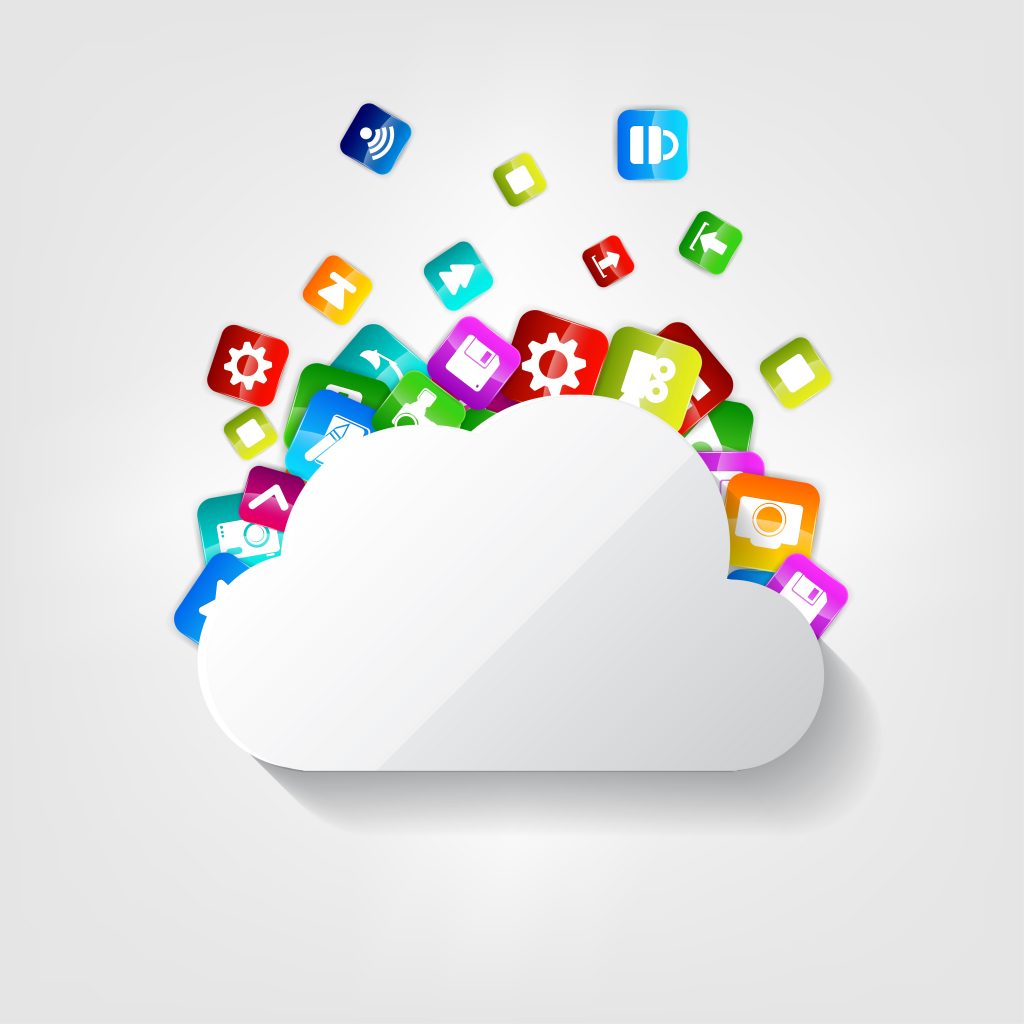
By 2020, 25% of organisations will have smart workspaces shaped by new digital technologies and maintained by IT, according to Gartner.
That surprising statistic is less than one year away, yet MODEX and technology industry giants still see several modern workplace initiatives fail for various, completely avoidable reasons.
Speaking to customers, our team has identified several recurring pain-points that have been the biggest roadblocks in the journey towards a modern workplace:
- End-users aren’t educated on the full capabilities of the new solutions
- IT teams cling onto legacy processes and software
- Lack of attention to organisational change issues from decision-makers
- Over emphasis on the technology, rather than how it fits business goals
- Solutions are consequently underutilised and the value of modern workplace is diminished
Implementing a modern workplace can fail for numerous reasons, not just in the challenge of adopting new technology. There needs to be a business strategy that aligns key drivers with the reasons for adopting new solutions and ensures a guided, managed transition from end-to-end.
Here’s our top 3 business considerations you need to address to build a successful modern workplace.
#1: Define your modern workplace objectives

Why has your business decided to create a modern workplace initiative?
If your decision-makers can’t provide the value proposition for transforming from legacy IT models to a digital-first business, this is the critical place to revisit in planning – or start fresh.
Labelled by Gartner as the ‘Vision’ state, the initial planning phase should be about defining:
- What the modern workplace looks like in your business
- Who will be vital in promoting, leveraging and managing the modern workplace solution (decision-makers, end-users and IT)
- When the transition project will take place
- How the new technology will support your overall digital transformation and transition towards the modern workplace and align to your key business objectives
- Why your business is moving towards a modern workplace
Taking the time to properly assess your current workplace state and establishing a documented modern workplace vision articulates your mission and benefits the business in many ways.
A clear value proposition: Key stakeholders agreeing upon the exact value proposition for the transition project means you will be able to identify exactly what parts of old business models didn’t work and which need to be transformed in order to become a digital-first workplace – and align every stage of the project with each transition point (apps replacement, upskilling, etc).
An educated workforce: The importance and benefits of the modern workplace is more easily available to help end-users and IT across the organisation get on-board with the transition, rather than having vague or undefined objectives without any documentation or planning. You need to transform your talent in the same way you transform their workplace; only 9% of the current workforce could be considered digital dexterous, according to Gartner.
A compelling vision: The modern workplace and what it can do for the business is easier for end-users and IT to embrace when there’s a clear vision on how it will help everyone work anywhere, anytime they need to, make work processes more productive and efficient, and deliver improved business outcomes. For example, if your SMB is focused on delivering customers streamlined collaboration solutions, your vision should articulate the connection between modern workplace solutions and its proven benefits in making communication easier across your own organisation and more accessible, all at a lower cost. This will ensure the transition is successful and your own efforts to help customers backed by internal example.
Defining your workplace objectives and creating a clear value proposition and mission statement ultimately helps align your digital transformation journey towards the modern workplace with your organisation’s values and objectives, and help stakeholders understand its importance while they craft the implementation strategy.
Read more: What is the modern workplace? – A new culture and way of work
#2: Plan and build your organisational change accordingly
Make no mistake: Achieving a successful move over to the modern workplace, especially if your business is heavily ingrained in legacy, outdated IT processes, is a gradual, challenging task.
However, this is short-term hardship for long-term gains.
Digital transformation initiatives, as Gartner and Forrester note, often start small, but the change eventually has a broader impact that your business must be ready for. Your internal processes, workplace applications, communication structure, skills, and culture is getting a shake-up, and that affects everyone – from end-users to IT to infrastructure to key stakeholders.
It also means when it’s done, you’re all properly prepared for the digital-first future.
Your business must have a strategy to identify who and what is affected and support the new ways of working once it’s implemented, whether with new solutions or workflow structure changes, and ensure the technology implementation of modern workplace solutions is handled end-to-end. The following separates the leaders from the laggards:
Active training and upskilling: Ensure all new competencies and skills that are needed for the modern workplace are accounted for to hire, educate and train new staff that possess them. Experts recommend you give time for existing staff to let the change sink in and reinforce the small steps on the journey towards all-digital work processes.
Culture building: Don’t just preach the new technology’s benefits, but live by them. Lead by example and build a workplace culture that champions efficient, flexible processes over the old.
Gradual integration: Don’t rush the implementation of the new technology. Gradually integrate the new modern workplace toolset into day-to-day workflows, so they naturally become vital tools for how your staff get their work done.
Work with team leaders: Get your senior staff on-board with the new solutions and direction. You need leaders within the business to engage with staff, represent the change and hold peers accountable if they fall back or cling to legacy IT processes.
Competitive advantage for 30% of organisations heading into the future will come from the workforce’s ability to creatively exploit emerging technologies – having a plan and structured approach to do so is key.
#3: Invest in digital platforms that underpin the modern workplace

There are many cutting edge software solutions that are aimed at businesses looking for a modern, digital workplace environment – consider investing in proven digital platforms that provide all the essential capabilities for staff to communicate, collaborate, create, share and reach customers under the same unified ecosystem. This ensures your business can exploit the next wave of innovation without having to necessarily re-architect repeatedly, as per Gartner.
The reality is many organisations have a haphazard existing workplace architecture, mostly driven by multiple vendors, applications and technology that aren’t necessarily integrated or work well together. This part of the planning stage is about taking control of both investments and workplace architecture to hone in on the right workplace platform that provides everything your staff needs to accomplish their work in the all-digital way, provides a way to pare down infrastructure, and is flexible and cost-effective to respond quickly to changing business needs.
Cloud office solutions are a driving force of the modern workplace and one of the top recommended platforms to examine in the space. Business adoption of tools such as Microsoft 365 has naturally and rapidly advanced in the past few years as digital transformation has become more embraced and the technologies behind it have become better understood. Approximately 30% to 40% of businesses have moved towards this software mode as of 2018, according to Gartner Research, and have begun to leverage several of its benefits:
- Available to use across all workplace devices, any location at anytime
- Cloud features such as A.I, bots, content discovery tools and mobile apps
- Fully managed software suite – automatically updated and maintained by vendor
- More functionality and simplicity for end-users in their day-to-day work processes
- Opportunity to re-deploy IT staff to focus on other areas of the businesss
- Reduced costs and licensing complexity with a ‘pay-for-what-you-use’ cloud model
The broad scope of cloud office means this type of solution can positively benefit everyone in the organisation – when implemented correctly. With a wide range of capabilities included in one platform – collaboration (audio, email, IM, social, video) and work functions (document management, file sharing, search functions, scheduling, tasking) embracing and exploring cloud office solutions is a big part of moving towards a modern workplace.
Workstream collaboration (WC) tools compliment cloud office as a persistent, shared conversational workspace that allows end-users (as individuals and groups) initiate, manage and complete work anywhere they are, at any time, without the previous geographic restrictions of legacy apps.
WC tools seamlessly integrate both direct and group messages, alerts and notifications, file storage and sharing, tasks, bots and real-time audio and video into searchable channels within one unified software suite. As a product of the digital transformation era, these evolving platforms are also incredibly valuable for use by businesses whose work activities are geographically dispersed, require continuous interaction, or are non-routine and changing.
For conversation-centric business cases, WC solutions such as Microsoft Teams help end-users come together quickly. Because they keep communication, action items and documentation in one space, they bring a range of benefits that steer businesses towards a digital workplace:
- Make it easier to share content and ideas directly or to a wider channel
- Keep task-lists and action-items more transparent across the business
- Promote higher levels of productivity from organised workgroups
- Reduce email volume and the need to use other tools for basic collaboration
Workstream collaboration platforms are currently mostly adopted by small to medium businesses and small groups within a larger enterprise, and their “user-centric design and persistent interaction capabilities” will benefit agile work teams seeking greater workforce coordination and the ability to stay connected at all times, according to Gartner Research.
Why a strategy is necessary for the modern workplace
Each business has their own unique needs and objectives, and each will approach the journey towards a modern workplace differently. There is no set approach that will apply to every organisation, but there strategy is important in every business use case – this informs your culture, processes, skills and toolsets – and is necessary to get right from the get-go.
Expert consultancies and managed service providers are a recommended option for small to medium businesses that are not yet confident in their internal ability and skill set to handle the planning and implementation of their journey towards the modern workplace alone.
Need more help in understanding how the modern workplace benefits your business? Download MODEX’s free white paper, ‘How a modern workplace is critical to an SMB’s success’ for a deeper dive into the importance of flexible, all-digital workspaces.
